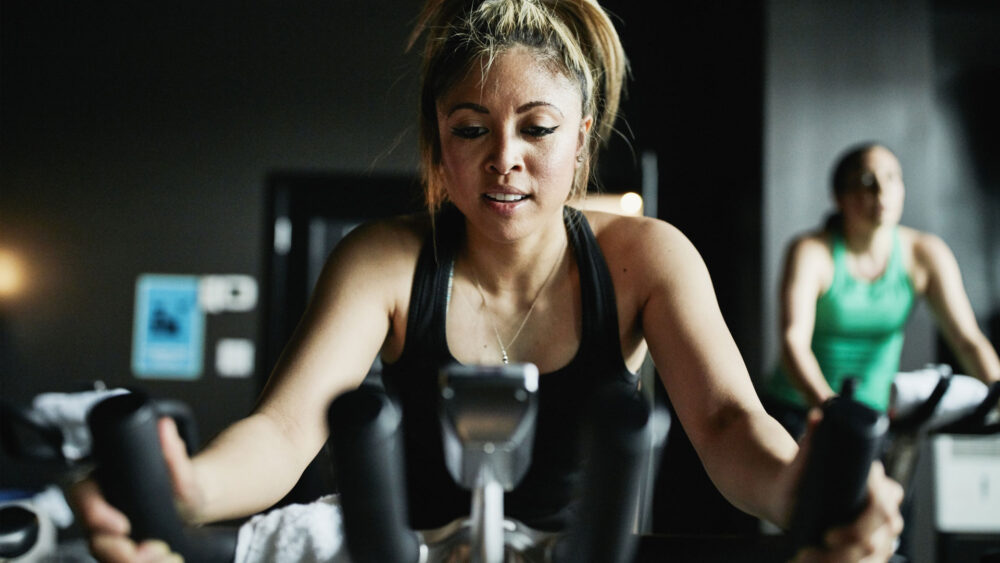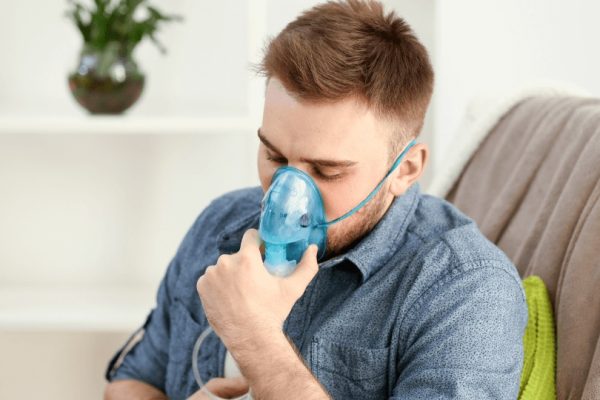Indoor cycling has become a staple in the fitness scene, attracting people of all backgrounds who are seeking results that go beyond traditional cardio. In Singapore, Indoor cycling is not just about burning calories; it is a versatile training method that can be adapted to achieve different fitness objectives. Whether your goal is fat loss, endurance, strength development, or using RPM as a cross-training tool, the structure of each class can be tailored to suit your personal needs. Understanding how to adjust resistance, cadence, and intensity makes all the difference in getting the best results.
Why Indoor Cycling is Adaptable for Multiple Goals
The beauty of RPM lies in its flexibility. Each session is built on structured phases, including warm-ups, climbs, sprints, and cool-downs. Within these phases, riders can manipulate resistance, pedalling speed, and effort levels. This adaptability means you can fine-tune workouts depending on your priorities. Unlike many forms of exercise that specialise in one outcome, indoor cycling covers a spectrum, from high-intensity calorie burning to steady endurance training. This makes it an efficient and effective option for those with varied fitness aspirations.
Fat Loss: Maximising Calorie Burn
Many join indoor cycling classes with fat loss as their primary goal. The high-intensity intervals typical of RPM classes are one of the most effective ways to torch calories in a short period of time. By alternating between sprints and climbs, the body’s metabolism increases both during and after the workout. This post-exercise calorie burn, known as excess post-exercise oxygen consumption (EPOC), continues for hours, aiding fat loss.
Tips for fat loss-focused cycling:
-
Maintain moderate resistance during sprints to ensure heart rate stays high.
-
Incorporate at least 3–4 RPM classes per week for consistent results.
-
Pair cycling with a balanced diet rich in protein and whole foods.
-
Track calorie expenditure with wearables to monitor progress.
Cycling also has the added benefit of preserving muscle mass while encouraging fat loss, making it a better option than steady-state cardio alone.
Endurance: Building Stamina and Aerobic Capacity
For those who want to improve stamina, the structure of RPM offers excellent opportunities. Long climbs and steady pedalling at moderate resistance are key in building aerobic capacity. Over time, this increases the body’s ability to use oxygen efficiently, which translates into improved performance in other sports and daily activities.
Strategies for endurance training:
-
Focus on maintaining steady effort rather than short bursts of intensity.
-
Use lighter resistance but sustain higher cadences for longer periods.
-
Include progressive overload by gradually extending session duration or adding more challenging climbs.
-
Complement with long outdoor rides for variety and real-world endurance gains.
Indoor cycling’s controlled environment in Singapore also makes it an all-weather training method for athletes preparing for endurance sports.
Strength: Developing Lower Body Power
Although often thought of as purely cardiovascular, indoor cycling can also build muscular strength, particularly in the lower body. By using higher resistance and focusing on slower, controlled climbs, the quadriceps, hamstrings, glutes, and calves are recruited more heavily. This type of training helps increase muscle tone and strength over time.
Strength-focused cycling principles:
-
Prioritise heavy resistance during hill climbs, even if cadence slows.
-
Keep core engaged to stabilise the body during high-resistance efforts.
-
Perform out-of-saddle climbs to further activate glutes and stabilisers.
-
Combine cycling with strength training sessions off the bike for maximum results.
Strength-focused rides are particularly beneficial for those who want sculpted legs and stronger posterior chains.
Cross-Training: Enhancing Overall Fitness
Indoor cycling works exceptionally well as a cross-training option for runners, swimmers, and strength athletes. The low-impact nature of cycling allows for cardiovascular conditioning without placing extra stress on the joints, making it ideal for recovery days. Additionally, the variation in RPM classes complements other forms of training by addressing gaps in endurance, power, or aerobic efficiency.
Cross-training applications:
-
Runners can use indoor cycling to build endurance while reducing joint impact.
-
Weightlifters benefit from the cardiovascular boost without compromising recovery.
-
Athletes in multi-sport training (triathlon, CrossFit) can use RPM as a conditioning tool.
-
Individuals recovering from injuries can rebuild fitness progressively in a safe setting.
Cycling is also an excellent mental break for athletes, as the music and group setting provide motivation and variety compared to solo training.
Structuring RPM Sessions for Each Goal
To make the most of indoor cycling, it is essential to align class effort with your target outcome. Here is how to structure sessions:
-
For fat loss: Prioritise high-intensity intervals with short rest periods.
-
For endurance: Ride at steady effort for longer intervals with moderate resistance.
-
For strength: Use high resistance, low cadence climbs to simulate heavy lifting for the legs.
-
For cross-training: Mix sprint intervals, steady efforts, and climbs for a balanced workout.
Tracking metrics such as heart rate, cadence, and perceived exertion helps monitor progress and fine-tune training intensity.
Nutrition and Recovery for Different Goals
No matter the objective, proper nutrition and recovery support results:
-
Fat loss: Focus on a slight calorie deficit with nutrient-dense meals.
-
Endurance: Ensure adequate carbohydrate intake for sustained energy.
-
Strength: Prioritise protein for muscle recovery and repair.
-
Cross-training: Balance all macronutrients for versatility and recovery.
Recovery practices such as stretching, foam rolling, and quality sleep are non-negotiable to keep the body performing optimally across sessions.
The Role of Instructors in Guiding Different Goals
Professional instructors play a vital role in ensuring participants align their efforts with their goals. Clear cues on resistance, cadence, and form help riders avoid common mistakes such as underloading or overexerting. Studios like True Fitness Singapore provide structured RPM classes led by qualified trainers who guide participants through safe and effective variations, ensuring results are achieved without compromising form or wellbeing.
FAQs About Indoor Cycling for Different Goals
Q. Can I focus on more than one goal at the same time?
A. Yes, but it is best to prioritise. For instance, fat loss and endurance can be trained together, but strength development might require separate sessions. Rotate goals weekly for balanced progress.
Q. How many calories can I burn in an indoor cycling class?
A. Depending on intensity, duration, and individual fitness, an average class burns between 400–700 calories. Riders focusing on fat loss should combine this with mindful eating for best results.
Q. How often should I attend RPM classes to see improvements in endurance?
A. Attending at least 2–3 endurance-focused sessions weekly builds measurable stamina within 6–8 weeks. Consistency is key for long-term gains.
Q. Is indoor cycling suitable for people who lift weights regularly?
A. Absolutely. Cycling complements strength training by enhancing cardiovascular fitness and supporting recovery without adding impact stress to joints.
Q. Do I need specialised cycling shoes for these goals?
A. While not mandatory, cycling shoes improve biomechanics and power transfer, especially important for strength and endurance riders who want maximum efficiency.







